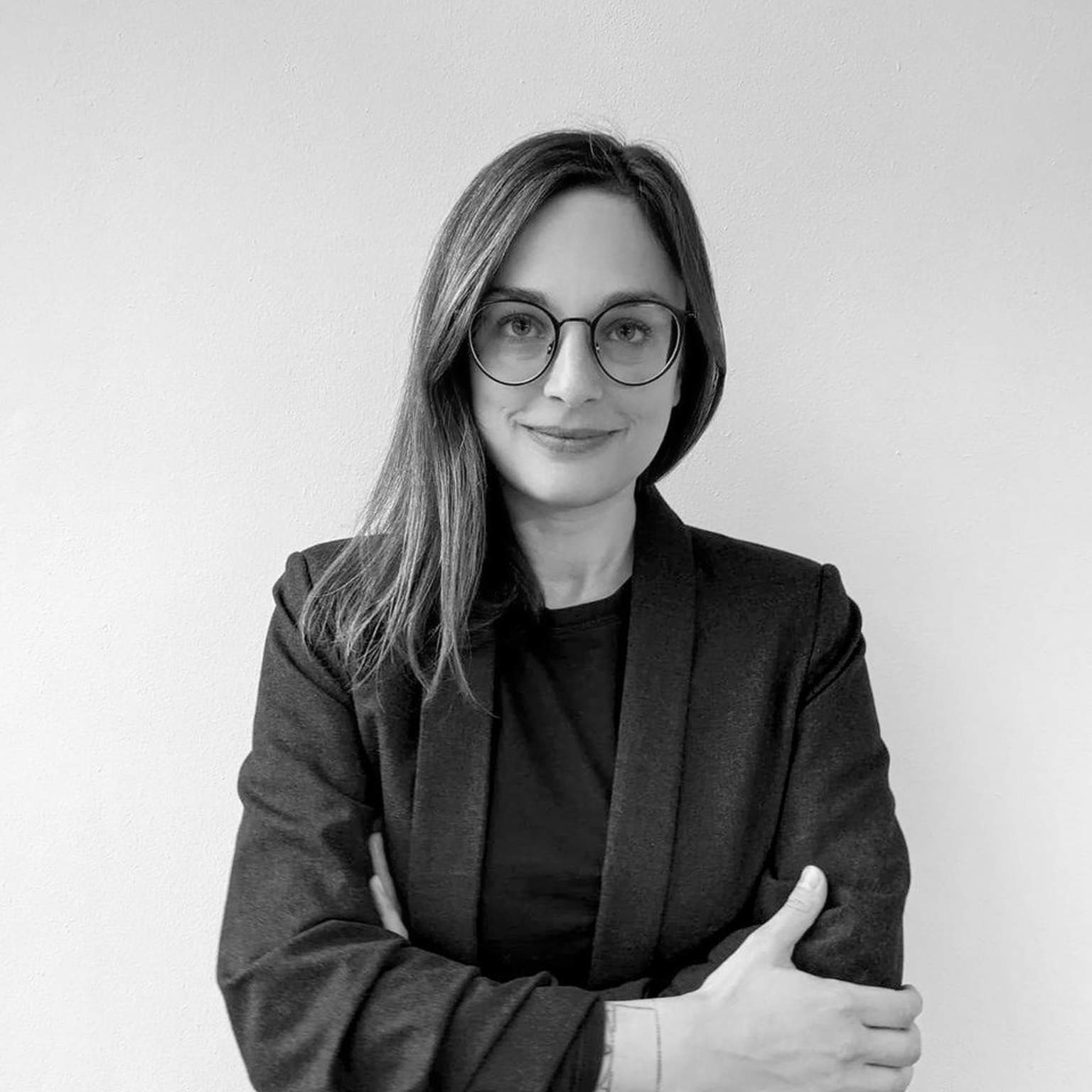Promises of AI and Opportunities for Design.
AI is often referred as the beacon of innovation and progress. Indeed, AI is well-positioned to advance tools and “solutions” to address current social, economic, and environmental challenges humanity faces. From low-cost diagnostic devices in healthcare to rapid evaluation of small toxic particles in the air. From robot rescuers to robot nurses supporting overburdened healthcare systems, AI could fuel transitions towards a flourishing and just society.
At the same time, the current production system of AI (e.g., big data center, capitalistic interests), the current use of data and design/development practices, and the current algorithms are regularly found to be generating harm, discrimination and inequity. Similarly, the current media and academic discourse exacerbate the mystification of AI technology, fueling controversies and –often– misleadingdebate.
This all come to designers and design educators as a challenge to rethink our practices, to take a critical stance and prepare future designers to be conscious of the power they hold in their hands.
But how to do that in practice? What should the next generation of designers and researchers look like? How can we demystify AI and practice design more critically?
Let’s go Beyond Apocalittici and Integrati.
AI technology is often portrayed in the media (and in some of the academic discourse) with either incredible optimism or apocalyptic pessimism, definitely creating the myth of an all mighty all disrupting AI technology. While these opposite positions are representing well the polarization regarding how we as society are adopting and will adopt AI, looking at the past could help us reason how to raise above such a polarizing discourse. The italian philosopher Umberto Eco examined the nascent mass culture fueled by television, radio and comics. In his analysis a dichotomy of positions arose: the apocalyptic (apocalittici) and the integrated (integrati). The discussion is framed by opposing characterizations of current intellectuals as apocalyptic and opposed to all mass culture, or as integrated intellectuals, so much a part of mass culture as to be unaware of serving it.
What Eco’s work teach us is that we need definitely to examine the ideological function that AI is taking as well as examining its power and societal consequences. Therefore, we shoud distinguish between AI the tool, the artifact and AI the myth and the human-desire to augment current capabilities. We should examine the capitalistic and political drivers and challenge them throught material exploration and physicalization. A designer may what to go beyond being apocalyptic or being integral to the current ideology, and re-appropriating AI as a tool to engage with data, code, algorithms, values, aestetics to bring joy, delight, contestation and responsible technological developments.
Shaping the Futures of Design Education: Luddites futures?
What could then be the role of the design educators? AI in the design panorama bring a set of new tools, but also require the development of skills to engage with new form of materiality and to be able to contest. For design students, AI is often a fuzzy concept whose features are often opaque and imprescriptible.
Developing tools to help students engage with the new materiality of AI (e.g., data, algorithms), with uncertainty and relational interaction is fundamental. Current developments in experiential AI tools and techniques to help better understand AI are exciting developments, bringing AI in the creative process.
Similarly, we need to support students’ critical thinking while engaging with AI and tools to challenge the status quo and favor reappropriation. Future scenarios of education arising from current designers engaged in AI education is reminiscent of the luddites experience, challenging the capitalistic/consumering status-quo and motives for AI development.
Relationality, Communities and Transdisciplinarity
In design practice, as AI becomes more and more part of products, services and scenarios we are confronted with the need to balance opportunities and human concerns. Many designers are directing effort to disentangle the relational possibilities using critical design approaches and striving for the inclusion of various disciplinary perspectives and non-academic epistemologies. Design with its focus on the context, humans and non-humans on engaging with materiality and interaction, with its artifacts and experience could help to re-direct the attention on the opportunities that AI brings for societal flourishing helping disentangling AI-society relations; as well as providings playful and creative ways to engage with the “entaglements” and human data/algorithms and agents assemblages.
At the same time, design should interrogate it’s role and responsibility by engaging in reflexivity. Tapping into practices such as critical design could link reflexivity to materiality and open debate with the public.





